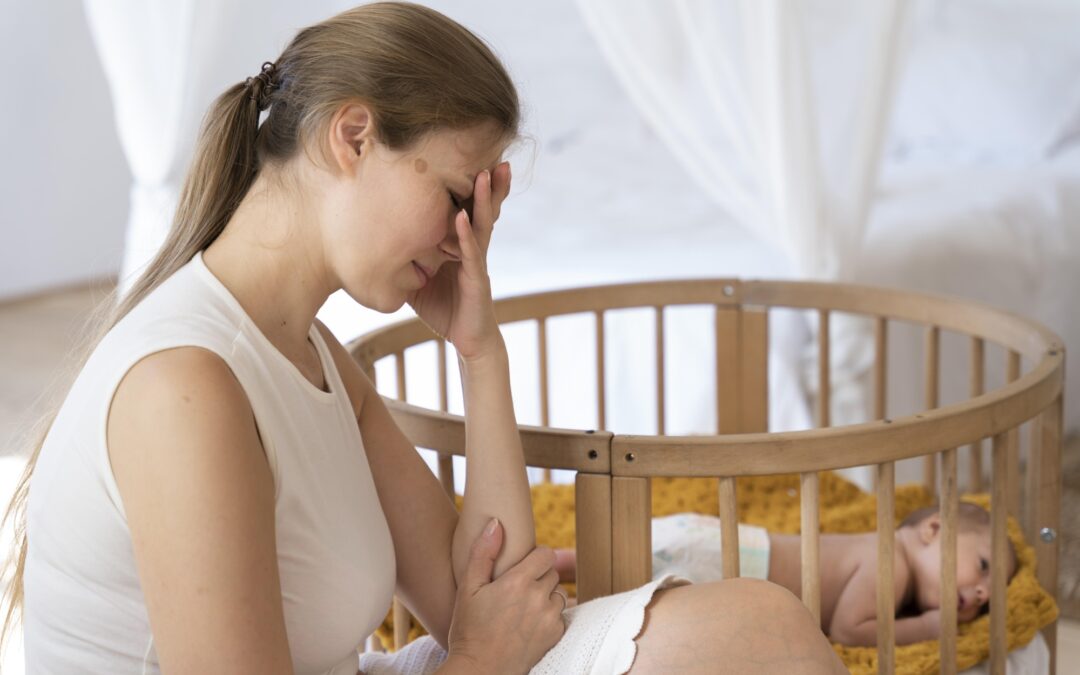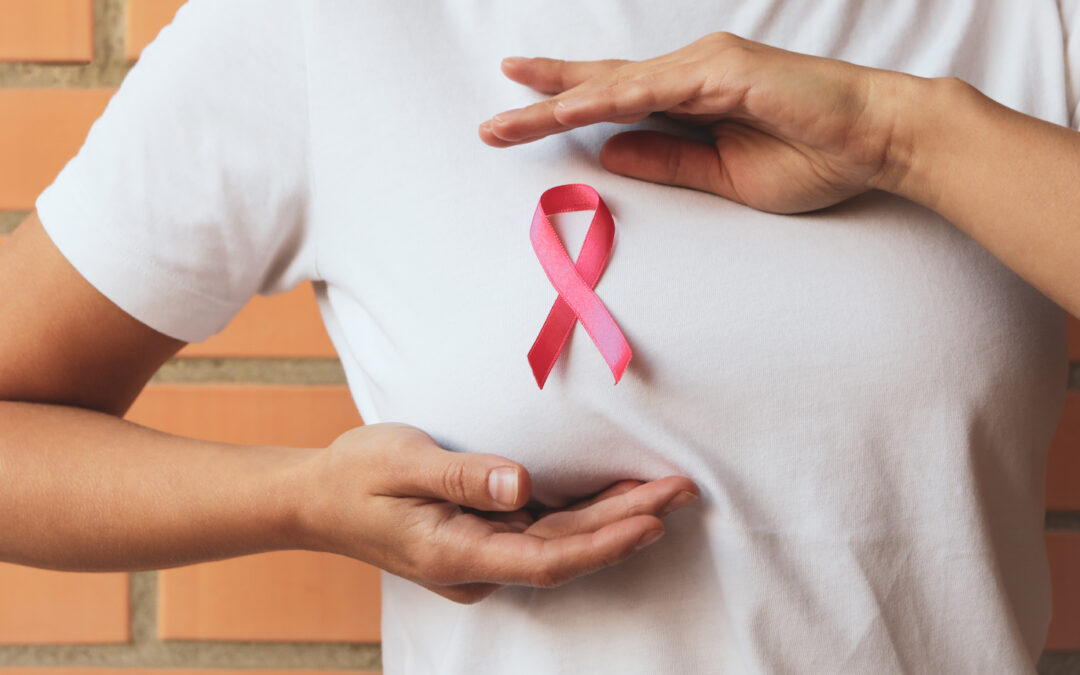
by Little Stars & She | Aug 2, 2024 | Water Birthing
Understanding Water Birthing: A Gentle and Natural Approach
Water birthing has gained popularity as a natural and gentle way to bring a new life into the world. At Little Stars & She Hospital, we offer state-of-the-art facilities for water birthing, ensuring a safe and supportive environment for mothers and babies.
Who Is Eligible for Water Birth?
Water birthing is recommended for women between 37 weeks and 41 weeks, 6 days gestation, with low-risk pregnancies, clear amniotic fluid, and a baby in a head-down position. However, it’s not suitable for those experiencing preterm labor or specific complications. Always consult with your healthcare provider to determine if water birthing is a safe option for you.
Preparing for a Water Birth
To prepare for a water birth, choose a birth setting equipped for water birthing with a clean, appropriately heated tub. Little Stars & She Hospital offers advanced facilities designed to provide the best environment for water birthing, including comfortable and hygienic birthing pools.
When to Get in the Water?
You can usually enter the water once you are in active labor. The water should be kept at a comfortable, warm temperature. Your healthcare team will guide you on the right time to enter the water based on your labor progress. The warm water can help soothe the pain and provide a sense of relaxation.
Pain Relief in the Water
Water itself acts as a natural form of pain relief, helping to reduce the intensity of contractions. Some women find that being in the water makes the labor process more manageable and less stressful. Other pain management techniques may also be used, but it’s essential to discuss your options with your care provider.
After the Baby Is Born
After your baby is born, they will be lifted out of the water immediately to take their first breath. The baby will be assessed and warmed as needed, and the mother can stay in the water for a short period if both are doing well. This gentle transition from water to the outside world can be soothing for the newborn.
Water Birthing at Little Stars & She Hospital
At Little Stars & She Hospital, we are committed to supporting water birthing as a natural and comfortable option for childbirth. Our experienced staff is trained in assisting with water births, ensuring that you and your baby receive the highest standard of care. We understand that every birth experience is unique, and we are here to provide a safe and positive environment for your delivery.
If you have any specific questions or need more information about water birthing at Little Stars & She Hospital, please feel free to contact us directly. We are here to support you every step of the way.
This blog provides a comprehensive overview of water birthing, addressing eligibility, preparation, pain relief, and post-birth care, emphasizing the facilities and support available at Little Stars & She Hospital.
Experience a Gentle and Natural Birth at Little Stars & She Hospital!
Are you considering a water birth for your little one? Our advanced facilities and expert care team make water birthing a safe and serene experience. Book your appointment today and explore this soothing and natural birthing option.
Why Choose Us?
•State-of-the-art birthing pools
•Experienced and supportive staff
•Personalized care for you and your baby
Take the first step towards a calm and beautiful birth. Book Your Appointment Now! Call us or visit our website to schedule.
by Little Stars & She | Jul 29, 2024 | Contraception
What is Contraception?
Contraception, also known as birth control, is the use of medicine, devices, or surgery to prevent pregnancy. There are many types of contraceptives. Some contraceptives protect from sexually transmissible infections (STIs).
FAQ’s about Contraception.
Q1. Do I need a prescription for contraception?
- Contraceptives like birth control pills or condoms are available at a pharmacy and it does not need a prescription. Go to your nearest doctor for advice on taking the right birth control method.
Q2. What are the health risks and side effects of using contraception?
- Different forms of contraception have different health risks and side effects and some of them can be serious. Some birth control methods can increase the risk of heart disease, blood pressure, and blood clots. Ask your healthcare provider to help choose the right contraceptive method according to your health conditions.
Q3. Can contraception affect future fertility?
- Most of the contraceptive methods don’t affect future fertility but some can cause a delay in fertility after you stop using them.
Q4. Can men use contraceptives?
- The only two options that men generally have are condoms and vasectomy.
Q5. What is emergency contraception and when should it be used?
- Emergency contraception needs to be taken within 72 hours of unprotected sex or contraceptive failure (like a broken condom). These are most effective when it’s taken as soon as possible after the incident.
Q6. Can I use contraception if I have a certain health condition?
- Consult your doctor before taking any contraceptives and tell them about your medical history to get better advice on which birth control method is best for you.
Q7. How do I choose the best contraceptive method?
- Consult your doctor to give a personalized plan that is suitable for you.
Q8. Do contraceptives protect against sexually transmitted infections (STIs)?
- Only barriers like condoms help in protecting against STIs. Whereas hormonal methods and IUDs do not protect against STIs.
Q9. What should I consider when choosing a contraception method?
- You need to consider your health conditions and future fertility plans and plan the contraceptives accordingly.
Q10. Can contraception fail?
- Contraceptives are effective most of the time when used correctly. Sometimes, other factors like incorrect use or medical conditions can cause the contraceptives to fail.
Contraception, or birth control is used to prevent pregnancy. There are many types of contraceptives to use according to your health conditions. Consult your doctor if you have any queries about contraception. Some contraceptives protect from STIs and some don’t. It is important to take birth control methods every day for effective results.

by Little Stars & She | May 31, 2024 | Pregnancy, Women Health
Welcoming a new life into the world is an exciting and often overwhelming experience for expecting parents. From determining pregnancy to choosing the right maternal care center, every step plays a crucial role in ensuring the health and well-being of both mother and child. This comprehensive guide covers key aspects of pregnancy, including when and how to take a pregnancy test, understanding home pregnancy test results, recognising early pregnancy symptoms, conception timelines, and selecting the ideal maternal care center. Whether you are planning for a baby or already expecting, this article aims to provide valuable insights and practical advice to support you on your journey to parenthood.
It’s preferable to take the pregnancy test 45 days after the last period Date if the periods are regular. Pregnancy tests are designed to detect a hormone called ‘human chorionic gonadotropin’ which is released during pregnancy. If you have missed your period for one week, it is advisable to check for pregnancy. During this time your hcg levels will be high and will be easily detectable. To get accurate results, it is advisable to take the test in the morning right after you wake up. This is because hcg levels will be more concentrated and it increases the chances of being detected.
What do home pregnancy tests say?
Before taking the test, make sure to read the instructions carefully and follow it step by step. Make sure that is not expired before taking the test. This could affect the accuracy. After you have taken the test, wait for a few minutes. After you have waited you will see a line that will appear. In our kits there are 2 lines, one is control line which is always red and the other is a test line that will turn red If you are pregnant. Sometimes it may be presented as a faint line. If there is a faint line then it may be an ectopic pregnancy or chances of a miscarriage.
Always make sure to double check by taking another test incase of an invalid test.
How soon do the symptoms show up?
Symptoms often appear as early as 4 weeks. They start appearing after a missed period. Some early signs of pregnancy are:-
Breast changes, fatigue, implantation bleeding, nausea, frequent urination, mood swings, missed period, bloating and hormonal changes.
How soon can a woman conceive?
A healthy woman can conceive during the time of ovulation. Ovulation happens 12 to 16 days before her next menstrual period. A healthy woman should be able to conceive within a year of married life, without the use of contraception.
How should you choose a maternal care center? What to look for?
Choosing the right maternal care center is very important for expecting parents.The centre should be well equipped with a qualified obstetrician and a paediatrician and NICU specialist with round the clock emergency services available. Here are some key factors that will help in choosing the right maternal centre:
- Facilities – Make sure they have proper delivery rooms, operations rooms and NICU. Check the quality of the facilities and if they have all the facilities.
- Location – Make sure the centre is nearby and is easily accessible during any emergencies.
- Medical services – check if the centre provides proper medical services like delivery and postpartum care.
- Insurance and cost – Make sure the centre accepts your insurance plans and ensure it is in your budget.
What are the facilities and child birth plans?
The birth plan will be tailored according to the patient. While looking for a maternal care centre, make sure to check if both facilities and childbirth plans are available. Facilities – Check if they have private rooms for delivery and recovery. Make sure the place is comfortable and has all the needs that the mother and child require.
Childbirth plans:
- Postpartum care
- Supportive environments
- Pain management options
- Personalized birth plans
- Alternative birth options
Navigating the journey of pregnancy and childbirth requires careful planning, informed decisions, and access to quality healthcare. By understanding when to take a pregnancy test, recognising early pregnancy symptoms, and knowing the optimal time for conception, you can better prepare for this transformative experience. Additionally, choosing the right maternal care centre with comprehensive facilities and personalised childbirth plans is essential for ensuring a safe and comfortable environment for both mother and baby. Armed with this knowledge, you can approach your pregnancy journey with confidence and peace of mind, knowing that you have made informed choices for the health and happiness of your growing family.

by Little Stars & She | Apr 29, 2024 | Mental Health, Postpartum, Pregnancy
Pregnancy is a time of great physical and emotional change. While the birth of a child is often joyous, it also brings significant mental health challenges, including postpartum depression (PPD). At Little Stars & She, we believe in educating and preparing expectant mothers to manage their mental health effectively. This guide will help you understand postpartum depression and provide strategies to prepare for and possibly prevent it.
Understanding Postpartum Depression (PPD)
Postpartum depression is a complex mix of physical, emotional, and behavioural changes that happen in some women after giving birth. Here’s what you need to know:
- Symptoms: PPD can include feelings of sadness, anxiety, exhaustion, and a sense of being overwhelmed. Unlike the “baby blues,” which resolve within two weeks, PPD symptoms are more intense and last longer.
- Causes: Changes in hormone levels, personal history of depression, stressful life events, and lack of support can all contribute to the onset of PPD.
Strategies to Prepare for Postpartum Depression
Being prepared can help mitigate the severity of postpartum depression. Here are some proactive steps you can take:
Before Birth
- Educate Yourself: Understanding the signs and symptoms of PPD can help you recognize them early.
- Plan for Help: Organize a support system that includes family, friends, and health professionals who can assist during the postpartum period.
After Birth
- Monitor Your Mental Health: Be vigilant about your mental health and acknowledge your feelings without judgment.
- Seek Professional Help: Engaging with a mental health professional early, even before birth, can provide strategies to manage stress and reduce the risk of PPD.
Creating a Supportive Environment
- Open Communication: Communicate openly with your partner, family, and friends about your feelings and the support you need.
- Rest and Nutrition: Prioritize rest and maintain a nutritious diet to help manage physical and emotional stress.
Embracing Community and Professional Resources
At Little Stars & She, we emphasize the importance of community and professional support:
- Support Groups: Joining postpartum support groups can connect you with others experiencing similar challenges.
- Healthcare Providers: Regular check-ups with healthcare providers can help monitor your physical and mental health.
Conclusion
Postpartum depression is a serious condition that affects many women. However, with the right preparation and support, it can be managed effectively. At Little Stars & She, we are committed to supporting you through your journey into motherhood with comprehensive care and empathy.
If you are expecting or have recently given birth and are concerned about postpartum depression, please reach out to our team for support and guidance. Remember, you are not alone, and we are here to help you through this challenging yet beautiful phase of life.
For more details, visit us at Little Stars & She or contact our specialists who are ready to assist you with personalized care and expert advice.

by Little Stars & She | Apr 28, 2024 | Breast Cancer, Women Health
Breast cancer remains one of the most common cancers among women worldwide. However, advances in predictive genetics and preventative strategies are empowering women to take proactive steps towards managing their risk. At Little Stars & She, we are committed to helping women understand these complex topics in a clear and supportive way.
What is Predictive Genetics?
Predictive genetics involves studying a person’s genes to predict their risk of developing certain diseases, including breast cancer. Here’s what you need to know:
- Genetic Testing: This can identify specific inherited changes or mutations in genes, such as BRCA1 and BRCA2, which increase the risk of breast cancer.
- Family History: A family history of breast cancer can indicate a potential genetic predisposition.
- Benefits: Knowing your genetic risk can help you and your healthcare provider make informed decisions about your health care.
Preventative Strategies for Breast Cancer
Prevention is crucial when it comes to breast cancer. Here are some strategies that can help reduce your risk:
Lifestyle Changes
- Diet: Eat a balanced diet rich in vegetables, fruit, and whole grains.
- Exercise: Regular physical activity can help maintain a healthy weight and reduce cancer risk.
- Alcohol: Limit alcohol consumption, as excessive drinking is linked to an increased risk of breast cancer.
- Breastfeeding: mothers who have breastfed their babies have a considerably lower risk of breast cancer compared to others who have not given birth to offspring or have breastfed.
Regular Screening
- Mammograms: Starting at age 40, or earlier if you have a family history, regular mammograms can help detect breast cancer early.
- Clinical Exams: After age 20, have a healthcare professional perform a breast exam at least once every three years and annually after age 40.
Medication and Surgery
- Risk-Reducing Medication: For high-risk individuals, medications, as advised by physicians, can lower risk.
- Preventative Surgery: In extreme cases, such as those with BRCA mutations, preventive surgeries like mastectomy might be considered.
Embracing a Holistic Approach
At Little Stars & She, we believe in a holistic approach to healthcare:
- Mental Health: Stress management and mental health care are vital components of cancer prevention.
- Community Support: Joining support groups and community initiatives can provide emotional and practical support.
- Pave a path: For prevention by educating the importance of healthy lifestyles, encouraging breastfeeding, and providing timely intervention and screening.
Conclusion
Understanding the role of genetics in breast cancer and implementing preventative strategies can significantly impact women’s health outcomes. At Little Stars & She, we are here to guide and support you every step of the way, ensuring that every woman has the knowledge and tools to manage her health effectively.
Remember, early detection and prevention can make a monumental difference. Empower yourself with knowledge and take proactive steps towards a healthier future.
For more information or to discuss your own risk factors and preventive options, please reach out to our team of specialists who are ready to assist you with personalized care and expert advice.




